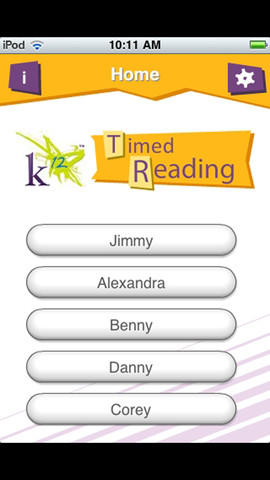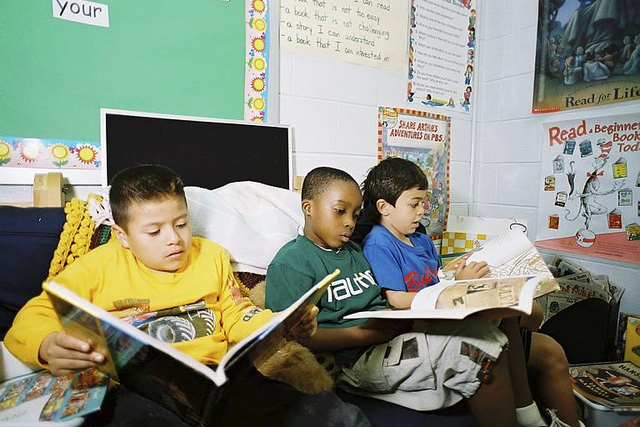Children with slow processing speed are often frustrated that they can’t keep up with other students at school, spend way too much time trying to get stuff done, and get criticized by parents and teachers for not meeting expectations. It can take them hours to do the homework. They may struggle to take notes or write down their complete homework assignments. Worst of all, these kids complain that they don’t have enough time to finish tests.
This frustration is one of the most debilitating factors for kids with slow processing speed. The time it takes them to do homework and their inability to get their ideas onto paper makes them feel “dumb” or “stupid” compared to their peers, when quite often they are bright kids who just have trouble when it comes time to “show what you know.” So how can we help kids with slow processing speed prove their smarts?
The inability to show what they know is often the first sign a child may have slow processing speed. Parents and teachers may observe a child who does not who does not seem to be reaching their potential. In conversations, the child is very knowledgeable and thoughtful, but they lag behind their peers academically and emotionally. These kids may be unable to keep up with the pace of the classroom and home. In school this might be most apparent with written assignments. At home, it is most evident when a child seems confused by simple instructions or routines that they are clearly capable of following.
If you have determined that your child or student experiences difficulties with slow processing speed, it is imperative to learn more about this issue and to help them adjust. Here are a few simple strategies to start helping kids with slow processing speed show what they know:
Accept slow processing speed as a fact. Once you recognize the impact of slow processing speed, help the child gain their own understanding (these videos can help). Rather than blaming them for taking such a long time to do homework or for not completing tests on time, help them understand their own abilities and the accompanying struggles with slow processing speed. Demonstrate understanding rather than criticism for slow processing speed!
Help a child achieve success. Shift the focus to work well done rather than work completed quickly. This might mean reducing the amount of homework a child gets or extending time frames to complete something when necessary.

K12 Timed Reading can assist kids with slow processing speed.
Embrace technologies that can help with processing speed. Many children with slow processing speed struggle because writing by hand is slow and laborious. Teaching them dictation or typing skills can be an incredible asset. Technologies that help them keep better track of time can be marginally useful as well, as long as as their processing speed issues are not simply chalked up to a problem with time management or inattention.
Additional tools and technologies that can help improve a child’s processing speed and reduce some of the distress they experience from moving more slowly than their peers include:
Timer+ A simple yet effective app for creating timed tasks and staying focused while completing household duties or class assignments.
Notability A note-taking app that lets users take handwritten or typed notes and record audio while notes are being taken — perfect for jotting down the highlights of a class lesson
K12 Timed Reading A utility app combined with an e-reader that allows parents and students to practice reading while tracking their reading times and speed.
Use our App+ review library to find other tools that can help a child with slow processing speed show what they know.
Featured image: Courtesy US Department of Education





